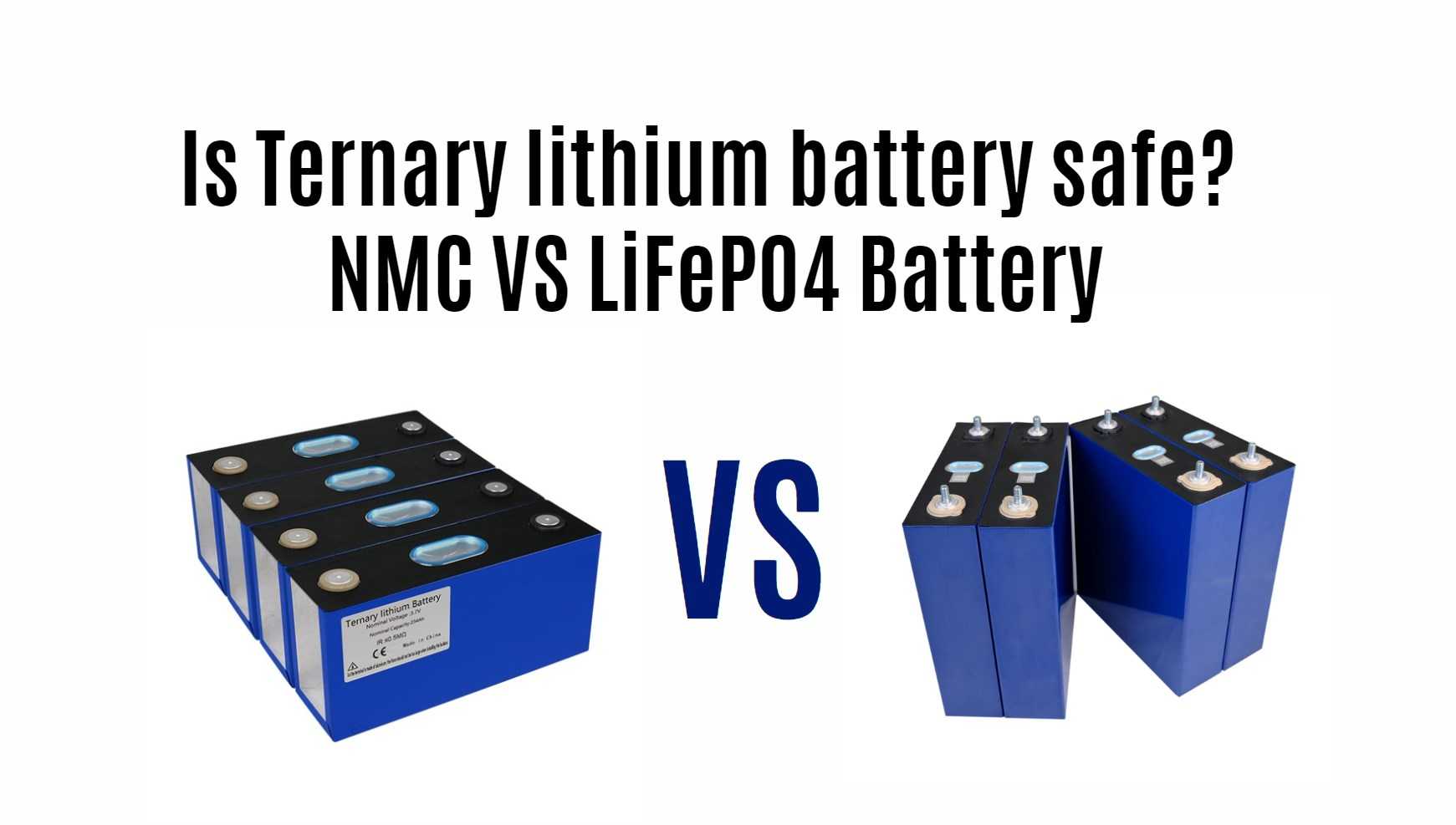When comparing the safety of ternary lithium (NMC) batteries to lithium iron phosphate (LiFePO4) batteries, it is crucial to understand their distinct characteristics, including safety profiles, energy density, cycle life, charging efficiency, raw materials used, environmental impacts, temperature effects, and future innovations. This guide will provide a comprehensive overview to help you make informed decisions regarding battery technology.
Why Are Safety Considerations Important When Evaluating Ternary Lithium and LiFePO4 Batteries?
Safety is paramount when selecting battery technologies due to the potential risks associated with thermal runaway, fire hazards, and chemical exposure. Ternary lithium batteries are known for their higher energy density but can be prone to overheating under stress conditions, while LiFePO4 batteries are recognized for their stability and lower risk of combustion.Chart Title: Safety Profiles of Battery Types
| Battery Type | Risk of Thermal Runaway | Combustibility | Stability Under Stress |
|---|---|---|---|
| Ternary Lithium | Higher | Yes | Moderate |
| LiFePO4 | Lower | No | High |
How Does Energy Density Differ Between Ternary Lithium and LiFePO4 Batteries?
Energy density refers to the amount of energy stored per unit weight or volume. NMC batteries typically have higher energy densities (150-200 Wh/kg), making them suitable for applications where compact size is critical, such as electric vehicles. In contrast, LiFePO4 batteries have lower energy densities (100-150 Wh/kg) but offer greater safety.Chart Title: Energy Density Comparison
| Battery Type | Energy Density (Wh/kg) |
|---|---|
| Ternary Lithium | 150 – 200 |
| LiFePO4 | 100 – 150 |
What Is the Cycle Life Comparison Between NMC and LiFePO4 Batteries?
Cycle life indicates how many charge-discharge cycles a battery can undergo before its capacity significantly diminishes. Generally, LiFePO4 batteries excel in this area with a cycle life exceeding 2000 cycles compared to NMC batteries which typically last around 1000 cycles.Chart Title: Cycle Life Comparison
| Battery Type | Average Cycle Life |
|---|---|
| Ternary Lithium | ~1000 cycles |
| LiFePO4 | ~2000 cycles |
How Do Charging Efficiencies Compare for Ternary Lithium and LiFePO4 Batteries?
Charging efficiency is crucial for determining how effectively a battery can store energy during charging cycles. LiFePO4 batteries typically achieve around 95% efficiency compared to approximately 85% for NMC batteries, making them more effective at converting input energy into stored power.Chart Title: Charging Efficiency Comparison
| Battery Type | Charging Efficiency (%) |
|---|---|
| Ternary Lithium | ~85% |
| LiFePO4 | ~95% |
What Raw Materials Are Used in Ternary Lithium vs. LiFePO4 Batteries?
The materials used in these battery types significantly impact their cost, performance, and environmental footprint. NMC batteries utilize nickel, manganese, and cobalt, which are more expensive and less abundant than the iron phosphate used in LiFePO4 batteries.Chart Title: Raw Material Cost Comparison
| Battery Type | Key Raw Materials | Cost Impact |
|---|---|---|
| Ternary Lithium | Nickel, Manganese, Cobalt | Higher |
| LiFePO4 | Iron Phosphate | Lower |
What Are the Environmental Impacts of Ternary vs. LiFePO4 Batteries?
Environmental considerations are increasingly important in battery production and disposal. While both types have environmental impacts related to mining and manufacturing processes, LiFePO4 is generally viewed as more environmentally friendly due to its non-toxic materials.
How Do Temperature Extremes Affect the Safety of These Batteries?
Temperature extremes can significantly affect battery performance and safety; high temperatures may increase the risk of thermal runaway in ternary lithium batteries while low temperatures can impair performance across both types but particularly affect NMC.
What Future Innovations Are Expected in Battery Technology?
Emerging innovations in battery technology aim to enhance safety features, increase energy density while reducing costs, improve recycling processes, and develop alternative materials that minimize environmental impacts.
Expert Views
“Understanding the differences between ternary lithium and lithium iron phosphate batteries is crucial for selecting the right technology,” says an industry expert. “While ternary lithium offers higher energy density, its safety concerns cannot be overlooked compared to the robust stability of LiFePO4.”
LFP vs NMC Lithium Battery
FAQ Section
- Are ternary lithium batteries safe for everyday use?
While they have safety measures like BMS systems in place, they pose risks under certain conditions such as overheating or physical damage. - Which battery type lasts longer?
LiFePO4 batteries generally have a longer cycle life compared to ternary lithium batteries. - What factors should I consider when choosing between these two types?
Consider safety profiles, energy density requirements, cycle life expectations, charging efficiency needs, raw material costs, and environmental impacts.
FAQ Section
- Are ternary lithium batteries safe for everyday use?
While they have safety measures like BMS systems in place, they pose risks under certain conditions such as overheating or physical damage. - Which battery type lasts longer?
LiFePO4 batteries generally have a longer cycle life compared to ternary lithium batteries. - What factors should I consider when choosing between these two types?
Consider safety profiles, energy density requirements, cycle life expectations, charging efficiency needs, raw material costs, and environmental impacts.
Related Posts
- What Are The Newest Lithium Battery Technologies In 2024?
- Redway Top 5 Best Selling LiFePO4 Batteries in 2024
- Michigan Golf Cart and LSV Laws: A Comprehensive Guide
- LiFePO4 vs NMC battery, Comparing LiFePO4 batteries with Ternary(NMC) lithium batteries
- Kentucky Golf Cart and LSV Laws: A Complete Guide
- Is It Better To Buy LiFePO4 Batteries at Walmart, Costco, or Amazon?



